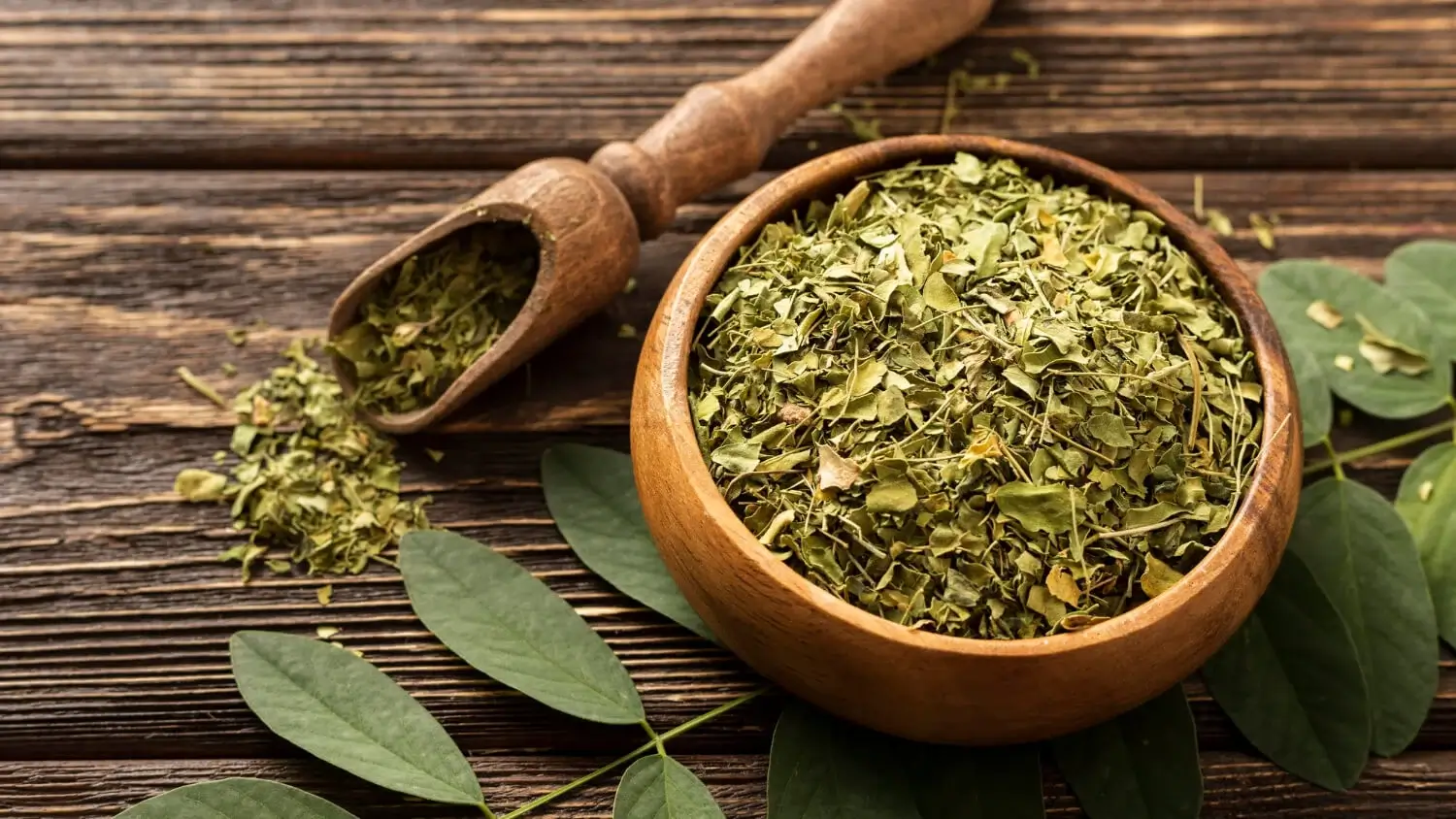What is Kratom?
For many years, medicine has taken inspiration from many natural remedies that originate in different parts of the world. Local inhabitants masticate, smoke, eat, drink or inhale a variety of substances, with knowledge having been passed down from generations. These different substances are then isolated, studied, purified and often amplified with modern technology. This has often been the way that medicinal properties have been found and studied and reflects the importance of keeping an eye on tradition and discoveries from other cultures. One such substance that has recently garnered significant attention for its potential therapeutic benefits and controversial status is Kratom. Kratom is a tropical tree native to Southeast Asia. For centuries, the leaves of this tree have been used by local populations for their stimulant and opioid-like effects. Especially in Thailand, Malaysia, Indonesia, and Papua New Guinea, these leaves have been historically consumed via chewing, tea, and sometimes smoked. In these countries, Kratom has been used to relive pain, increase energy and appetite. It has also been used in extracts to create local anaesthetics, as well as treating intestinal infections and coughs. In particular, in laborious and monotonous occupations, Kratom has been used to stave off exhaustion and as a mood-enhancer.
The legal history of Kratom draws very similar parallels to legalization as cannabis has in the West. Its possession was illegal until 2018, despite considerations for its legalization being popular enough to warrant discussions on legalization in 2004, 2009, 2013, and 2020. Thailand had placed this substance under the same category as cannabis, despite only accounting for less than two percent of arrests for narcotics between 1087 and 1992. Finally, in 2021, Thailand fully legalized Kratom and gave amnesty for over 12,000 people who were arrested for offences related to the substance. In Malaysa, it is prohibited in many ways and penalized, yet still sees widespread use and a lack of enforcement. In a very similar fashion, cannabis and cannabinoids, are seeing legalization and widespread support due to similar situations.
What are the Effects of Kratom?
Kratom leaves contain two primary active alkaloids: mitragynine and 7-hydroxymitragynine. These compounds interact with the body’s opioid receptors, albeit in a different manner than traditional opioids. Some anecdotal reports describe increased work capacity, alertness, talkativeness, sociability, increased sexual desire, positive mood, and euphoria. The effects of Kratom can therefore be divided into two categories:
- Stimulant Effects:
- At low doses, Kratom acts as a stimulant, enhancing alertness, energy, and sociability. Users often compare its effects to that of caffeine.
- Analgesic and Sedative Effects:
At higher doses, Kratom exhibits sedative and analgesic properties, similar to opioids. It can alleviate pain, reduce anxiety, and induce euphoria. This has made Kratom popular among individuals seeking relief from chronic pain conditions and opioid withdrawal symptoms.
Kratom, Medical Research and the Public Debate
The comparable parallels between Kratom and cannabis does not just stop at its legal history. Much like cannabinoids are currently experiencing a surge of research into its potential therapeutic uses, Kratom is in a similar position. The scientific community is actively researching Kratom to better understand its pharmacology, therapeutic potential, and risks. Some key areas of research include:
- Pain Management:
- Studies have shown that Kratom’s alkaloids can provide effective pain relief, potentially serving as an alternative to prescription opioids. Research is ongoing to determine the efficacy and safety of Kratom for treating various types of pain, including neuropathic pain and musculoskeletal pain.
- Opioid Withdrawal and Addiction:
- Kratom is being investigated for its potential to help individuals manage opioid withdrawal symptoms and reduce dependency on opioids. Preliminary studies and anecdotal reports suggest that Kratom may ease withdrawal symptoms such as muscle aches, insomnia, and cravings.
- Mental Health:
- Research is exploring Kratom’s effects on mental health conditions such as anxiety and depression. Some studies indicate that Kratom’s mood-enhancing properties could benefit individuals with these conditions.
The growing community of Kratom users often shares personal testimonials about the benefits of Kratom for pain relief, anxiety, and opioid withdrawal. These anecdotal reports have played a significant role in shaping public perception and policy discussions.
The public debate on Kratom is highly polarized, involving stakeholders from various sectors, including government agencies, healthcare providers, advocacy groups, and users. This is not unlike the situation that we observed during the peak of cannabis advocacy, which is still an ongoing discussion in many countries. Supporters of Kratom argue that it is a natural and relatively safe alternative to prescription opioids, which have contributed to the opioid epidemic. They advocate for its regulation rather than prohibition, emphasizing the need for quality control and consumer education. On the other hand, opponents highlight the risks of adverse health effects, and the potential for misuse. They call for stricter regulation or outright bans to protect public health. Despite anecdotal reports, healthcare professionals caution that individual experiences can vary widely, and more empirical evidence is needed to guide safe and effective use.
Another Long Battle or a Learned Lesson?
Mitragyna speciosa, or Kratom, is a plant with a complex profile of effects and significant potential for both therapeutic use and abuse. Its active alkaloids, mitragynine and 7-hydroxymitragynine, offer pain relief, energy enhancement, and mood elevation, making Kratom a subject of interest for medical research and public health discussions. However, the inherit risk of opioid-activators, adverse effects, and the lack of comprehensive regulatory frameworks pose challenges that must be addressed. Both Kratom in Southeast Asia and cannabis in the West underscore the dynamic interplay between traditional use, cultural perceptions, and evolving legal frameworks. Much like how Kratom’s journey in Southeast Asia is transitioning from traditional medicine to regulated commodity, cannabis in the West is transforming from a stigmatized substance to a mainstream, regulated industry. The respective developments reflect broader global trends towards re-evaluating the medicinal and recreational potentials of previously illicit substances, influenced by scientific research, shifting public opinions, and economic considerations. However, the speed at which such a shift occurs we will have to wait and see.
FAQ
What is Kratom Powder?
Kratom powder is essentially the dried leaves of the tree that have been grinded into a fine powder. This powder can then be consumed in a variety of ways. This includes in a tablet or capsule, drinking it with a beverage, brewing it into tea or mixing it into food or smoothies.
How long does Kratom stay in your system?
Current data shows that about 50 percent of Kratom’s active ingredients are eliminated within a day. With a half life of approximately 24 hours, most of the substance’s active ingredients are removed from the body within 2 days. However, this half life is also dependent on frequency of dose and dose amount. It is also affected, like all substances, by the persons age, weight and body composition.
Is Kratom an opiate?
While kratom interacts with the same brain receptors as opiates do, it is not a opiate.
How long does Kratom last?
While the body composition of the individual taking it, and the dosage taken, as well as other pharmacokinetic factors determines how long it lasts, there is a general rule of thumb. The peak effects typically lasts 1 to 2 hours, decreasing over a period of 3-6 hours. The typical total duration is 2 to 5 hours.


